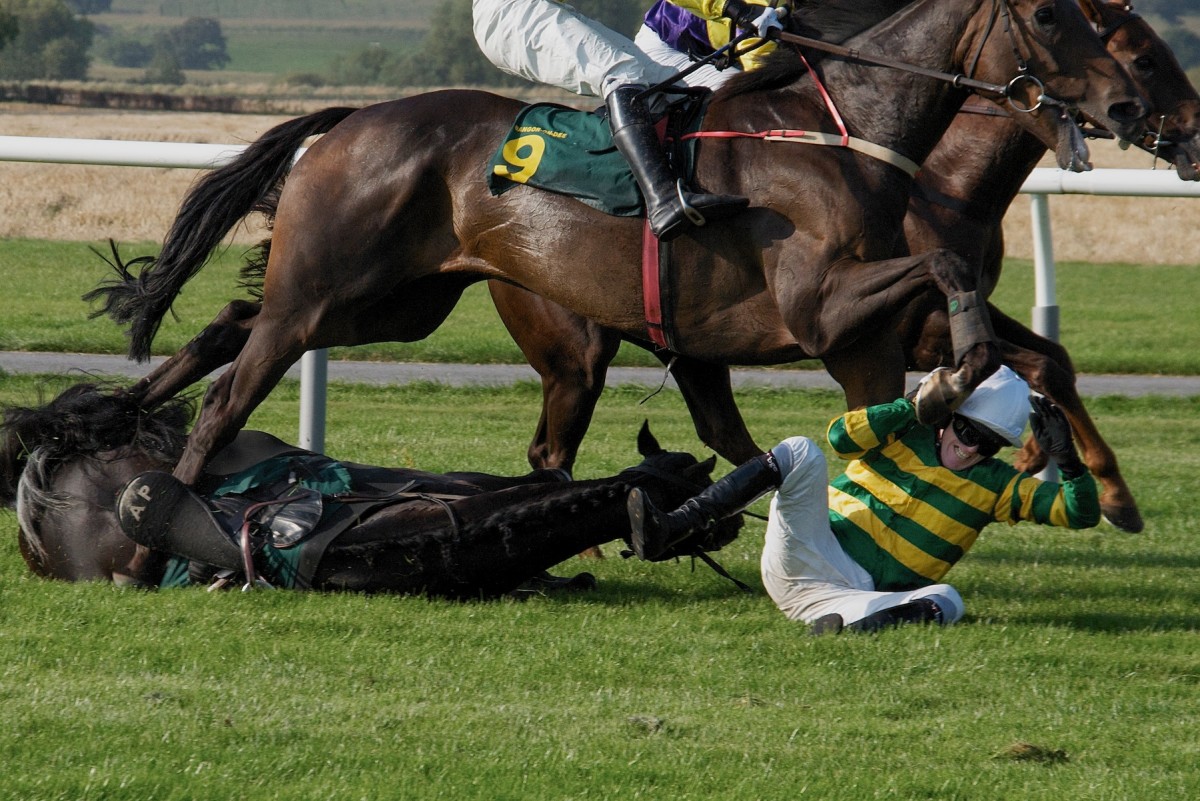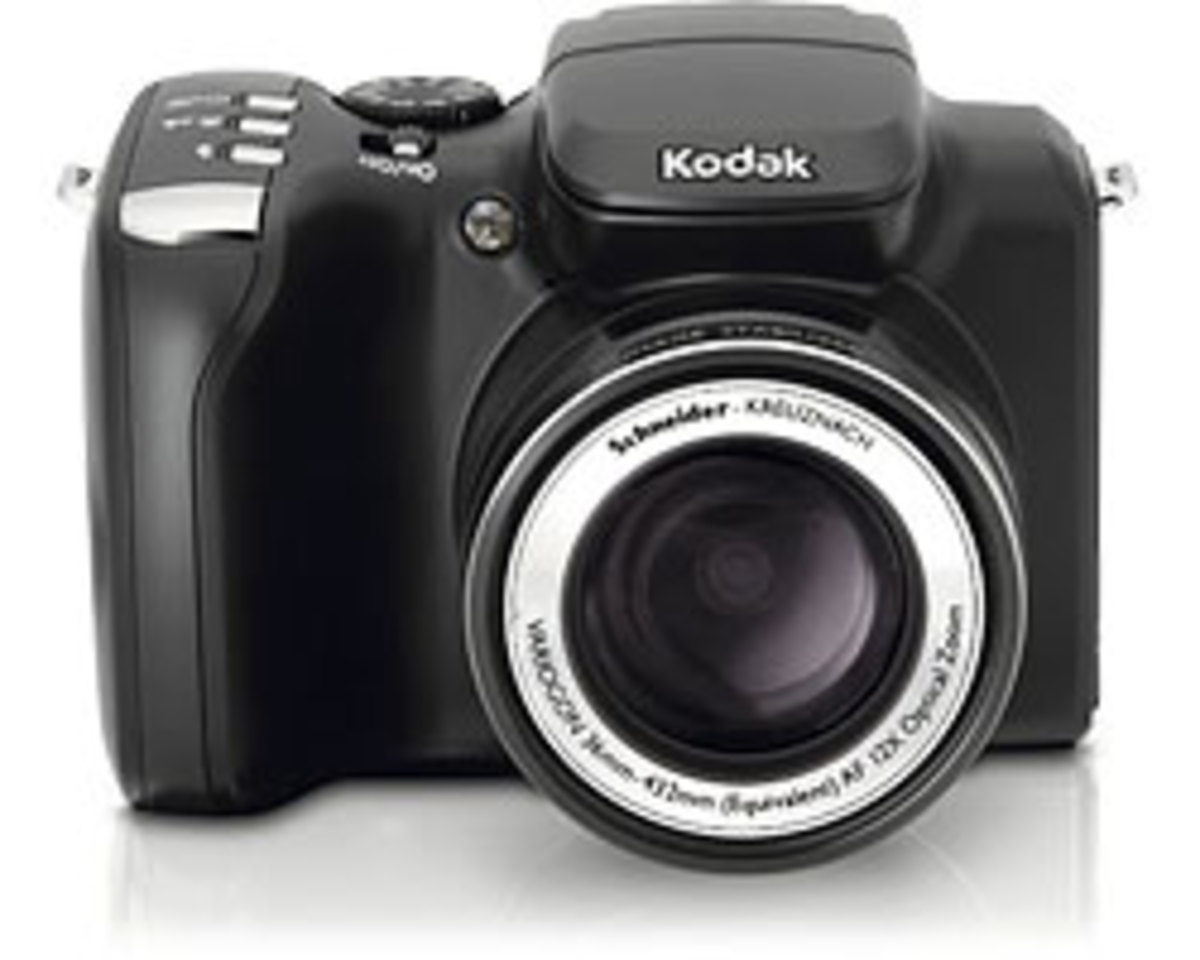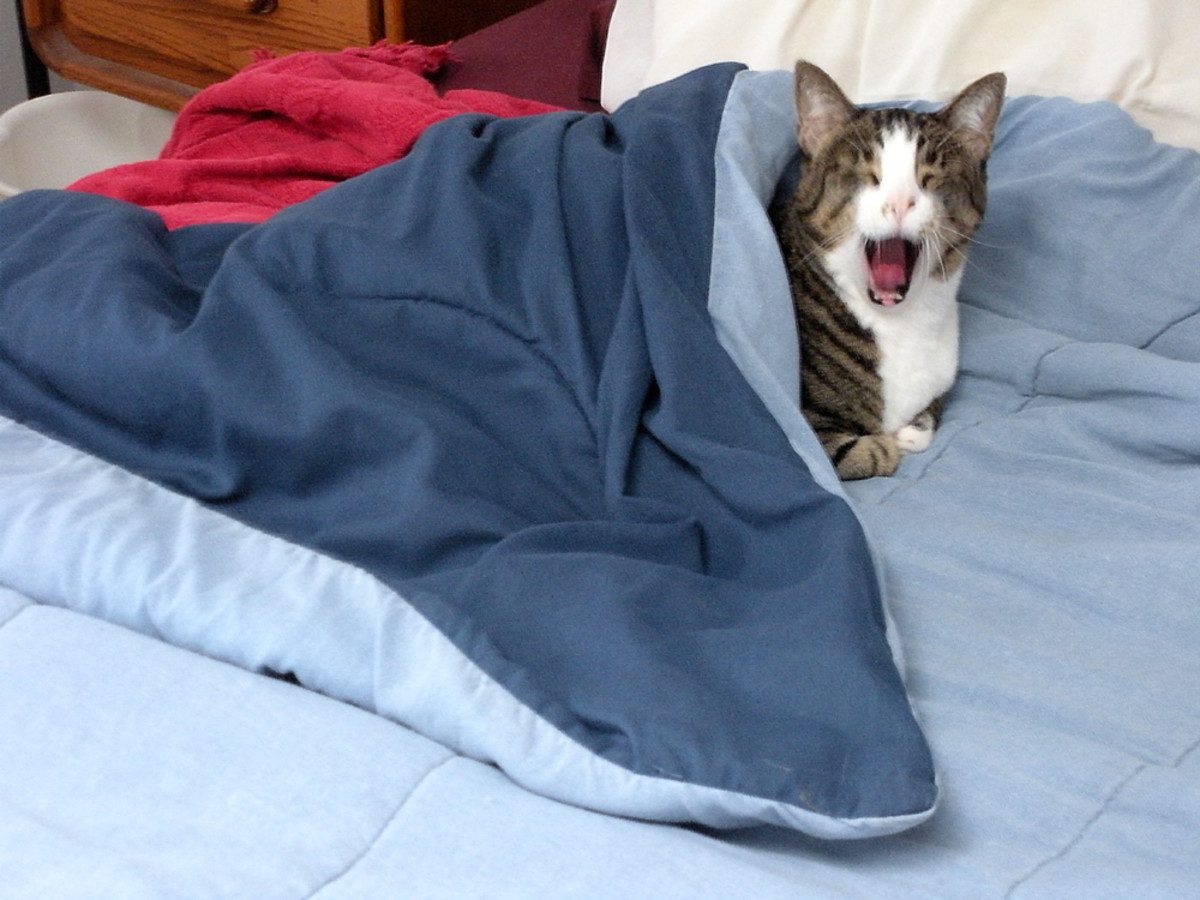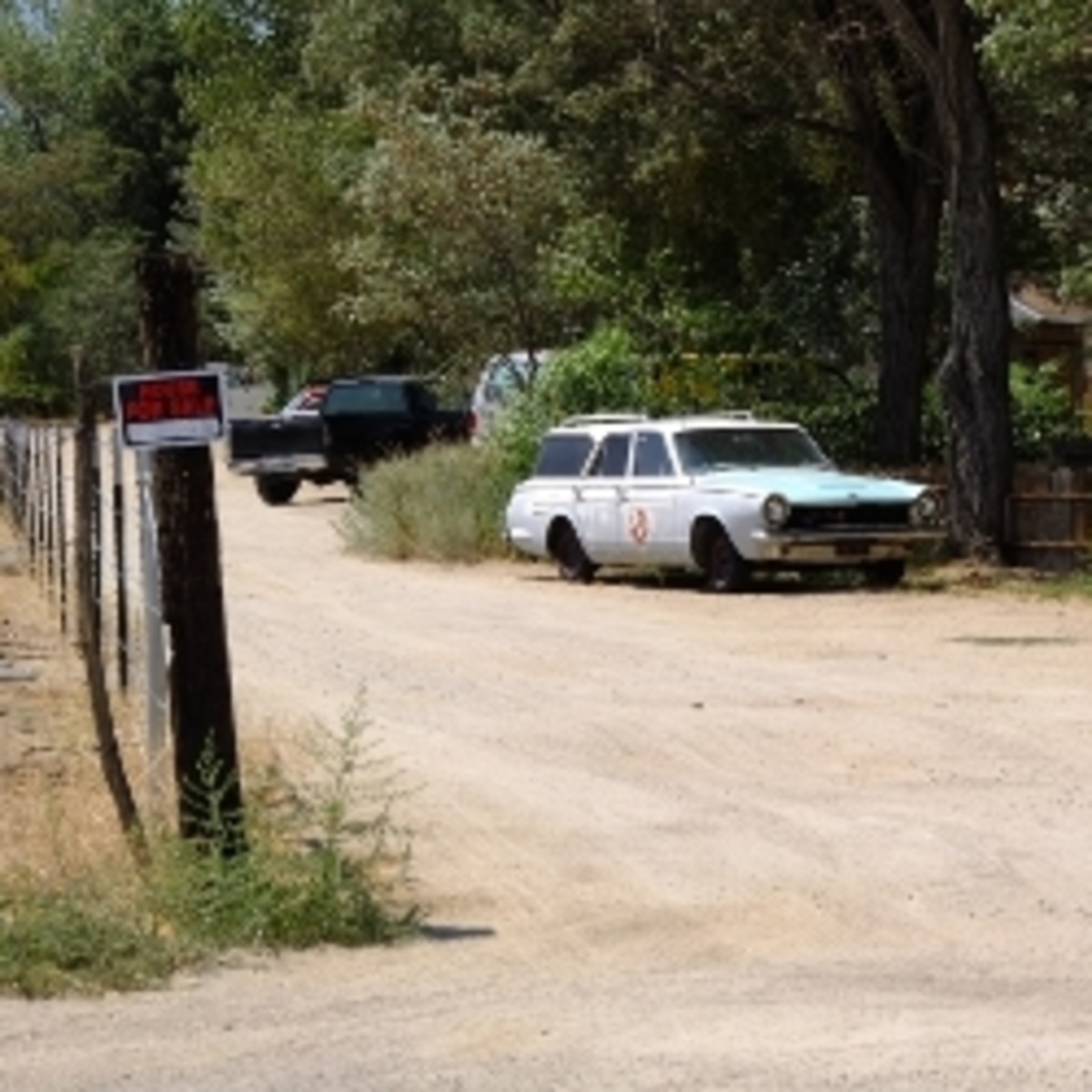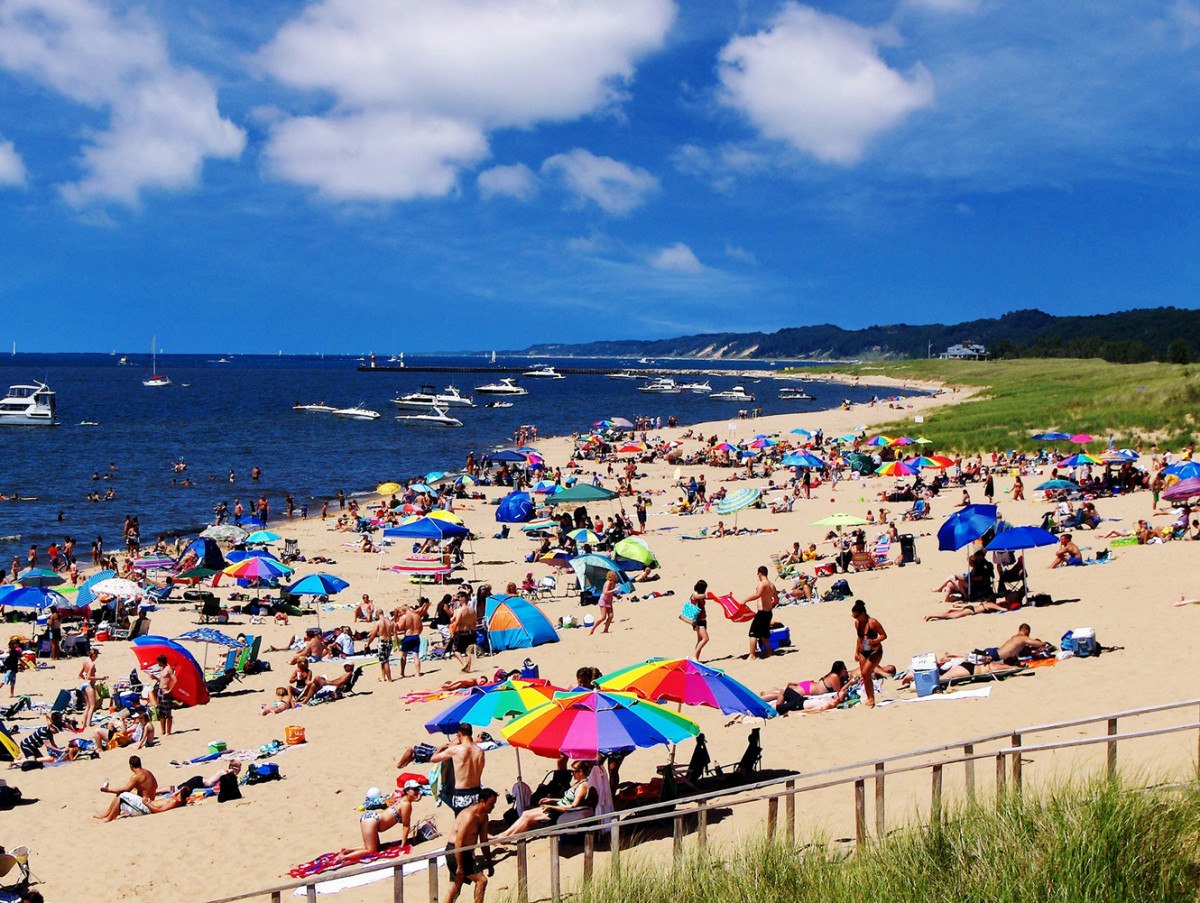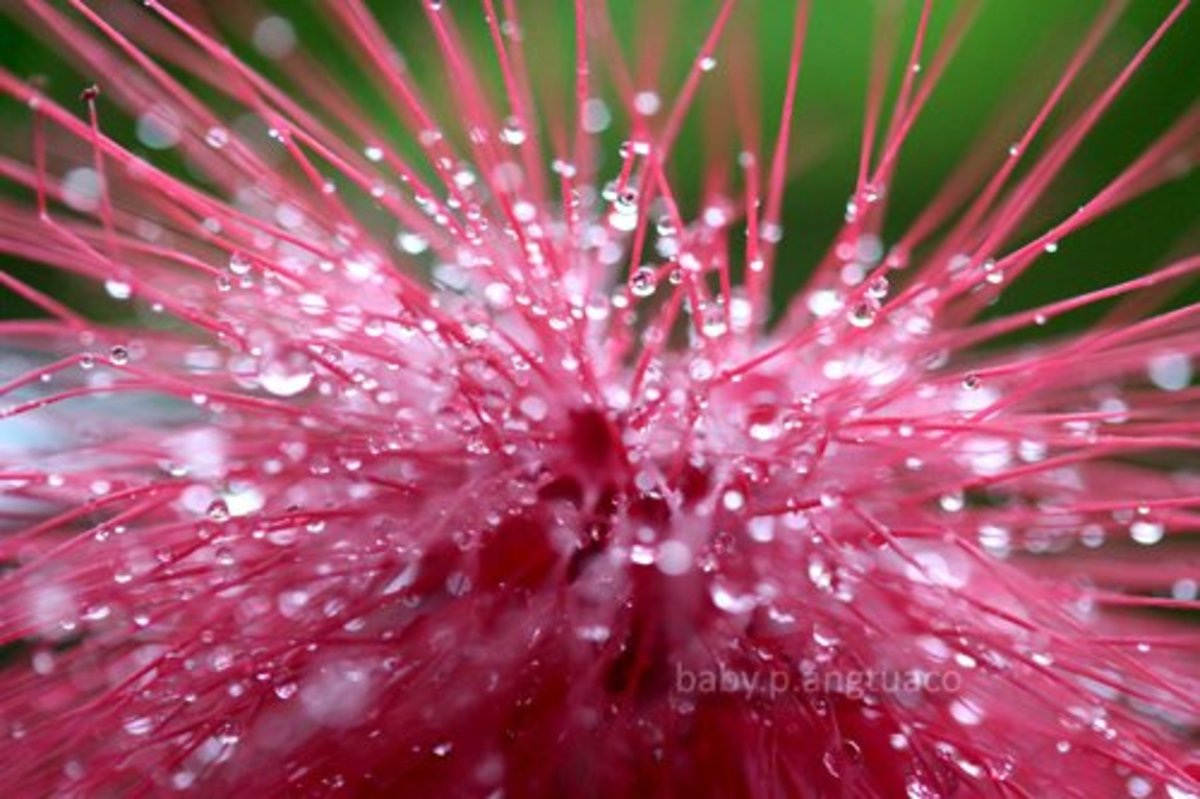Digital photography tips for beginners

New to digital photography? Thinking of buying your first DSLR camera?
As a beginner to digital slr photography, you are most probably upgrading from owning a point-and-shoot camera. This is undoubtedly a wise choice where quality and adaptability are concerned, but you should know what you are getting into.
As a first observation, DSLR cameras are rather large and heavy compared to compact point-and-shoot cameras. If you are remotely serious about your photography, you will want to carry your camera with you everywhere you go, as you never know when the perfect, once-in-a-lifetime shot will come your way. Actually, it is more than probable that on the one and only accasion you have left your camera behind, your cat will willingly take on the exact pose you have vainly struggling to get it into for the past six months, you will witness the most spectacular sunset or your son will win his first baseball game! The trouble is, you cannot carry a DSLR around in your handbag or stick it in your pocket like you would with a point-and-shoot camera. Hanging it around your neck will soon result in severe neck and back problems. As I said, DSLRs are heavy to begin with, and as you start getting the hang of dslr photography, you are likely to buy addtional lenses and other equipment that you will want to carry around as well. A photo case or backpack is the obvious solution but not something you can easilly carry to a wedding or formal dinner if you are not officially commissioned to shoot photos of the event!
I have found that the best solution is not to part entirely with your point-and-shoot camera or get a mobile phone with decent picture quality. This way, you can always have it on you and only take your DSLR camera along when you are planning a special event like a day's outing, trip, game or holiday, or feel like spending some time shooting high quality pictures. Obviously, the quality of the pictures taken in the first case will be nothing like what you get with the DSLR, but it is certainly better to have a lower quality picture than miss a great shot entirely.
That said, the second major step involved is Choosing a DSLR camera
Photo credit: Free digital Photos.

Choosing the right camera
This is easier said than done, as the choice is quite large and just browsing best camera reviews on the internet will probably just confuse you further rather than help you reach a decision, if you are not exactly sure what to look for in a dslr camera.
First of all, you should have a general idea of what you will be doing with your DSLR. Do you want it mostly for shooting great pictures of your kids and family or maybe travel pictures, wildlife and macro? Are you planning on keeping most of your pictures on your computer or maybe enlarging, printing and framing some of them? Do you intend to keep your photography strictly on an amateur-hobby level or would you consider going to a semi-pro or pro level as you acquire the necessary skills? Your answers to to those questions will significantly affect your choice of camera.
Some of the things you will want to consider is the price which can vary enormously according to the make and model, size, resolution (that is, the number of megapixels), the option and size of an LCD screen, as well as the ease of switching between manual, automatic and semi-automatic modes. Most entry level or semi-pro DSLRs are quite easy to switch from one to another, which is very important if you are a beginner, because you will want to experiment with the various settings as you learn, while still relying on the automatic mode for good quality pictures.
For more information on choosing your first DSLR, you may want to see Choosing a camera: Digital camera best buys.

Learning how to take pictures like a Pro

Once you have chosen your camera, the next step is to master the basic skills and techniques involved in taking good digital pictures. Your new DSLR is a fantastic tool but it is much more complex than a point-and-shoot camera, because it is intended to give you full control of the settings that determine exactly what your picture will look like. However, you have to learn how to use this power.
You can always rely on your camera's "auto" mode and you will still get great looking pictures, but you will be missing on most of the fun and excitement and on the very essence of owning a DSLR. If you are planning to buy one and use it as a point-and-shoot camera, only for the higher quality of DSLR pictures, then don't. You would only be wasting your money.
Understanding how to control light through aperture and shutter speed, using different settings for capturing special effects, using ISO to compensate for sub-optimal lighting conditions, changing lenses and using filters is what a DSLR is all about. You can always shift to "auto" mode while you are still trying to master digital photography, and even later on, whenever you are in a hurry to capture a shot (most professional photographers would do the same), letting the DSLR do all the work and use all the correct settings to ensure a high quality picture. However, there is nothing comparable to the pride, excitement and joy you will experience the first time you succeed in taking a picture good enough to hang over your fireplace, using full manual mode.
More tips for great digital pictures
Photo taken by me
Photography books on Amazon
Best reviewed photography books to help you become a better photographer



Editing your photos
One of the greatest wonders of digital photography and one of the main reasons for owning a digital camera (apart from economising on film!) is the ability to edit your photos on your own home computer.
By editing your photo you can either correct minor (or even major) mistakes that would have ruined an analog photograph, such as red eyes, over-exposure or under-exposure, color balance, slightly blurry objects, adjust composition by cropping or resizing, or totally revamp a picture by changing colors, foregrounds, backgrounds, removing unwanted objects and much more. Editing a picture may involve nearly as much fun as actually taking it. Depending on what you want to do, you can limit yourself to just a few tweaks like sharpening, or move to more aggressive editing.
You will obviously need a computer and some kind of photo editing software. You can download some for free and some of them like Picasa are really good, with quite a lot of options. You can download Picasa and other popular free picture editing software here:
However, if you are serious about pursuing digital photography, you should definitely consider buying and learning how to use Photoshop or
Photoshop Elements It is undoubtedly the very best photo editing software (and more) there is.


Making a profit from your pictures
After learning how to use your DSLR, experimenting a while with taking pictures and mastering basic digital photography skills, you might want to consider making some money from your pictures.
DSLR photography is far from being a cheap kind of hobby and as you develop your skills and knowledge, you will almost certainly want to buy additional lenses for different kinds of photography, and other equipment such as flashes, filters, tripods...the list is really endless. Why not use your newly acquired skills to pay for part of your expanding hobby?
Now, I know you must be thinking that this is impossible and applies only to professional photographers. But, the truth is that its is a lot easier than you think. I actually sold my first stock photo three months after upgrading to a DSLR and before that I knew next to nothing about digital photography! Selling pictures online to stock photo companies takes little more than shooting well focused, really sharp pictures of everyday objects and people. Just registering with a few popular stock photo companies and uploading some of your best pictures could put you on the way of earning a nice extra income, just by doing what you like to do: Taking pictures!

© 2011 Aquamarine18

